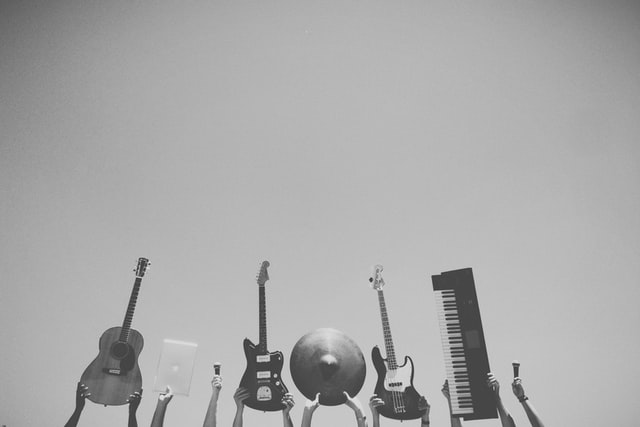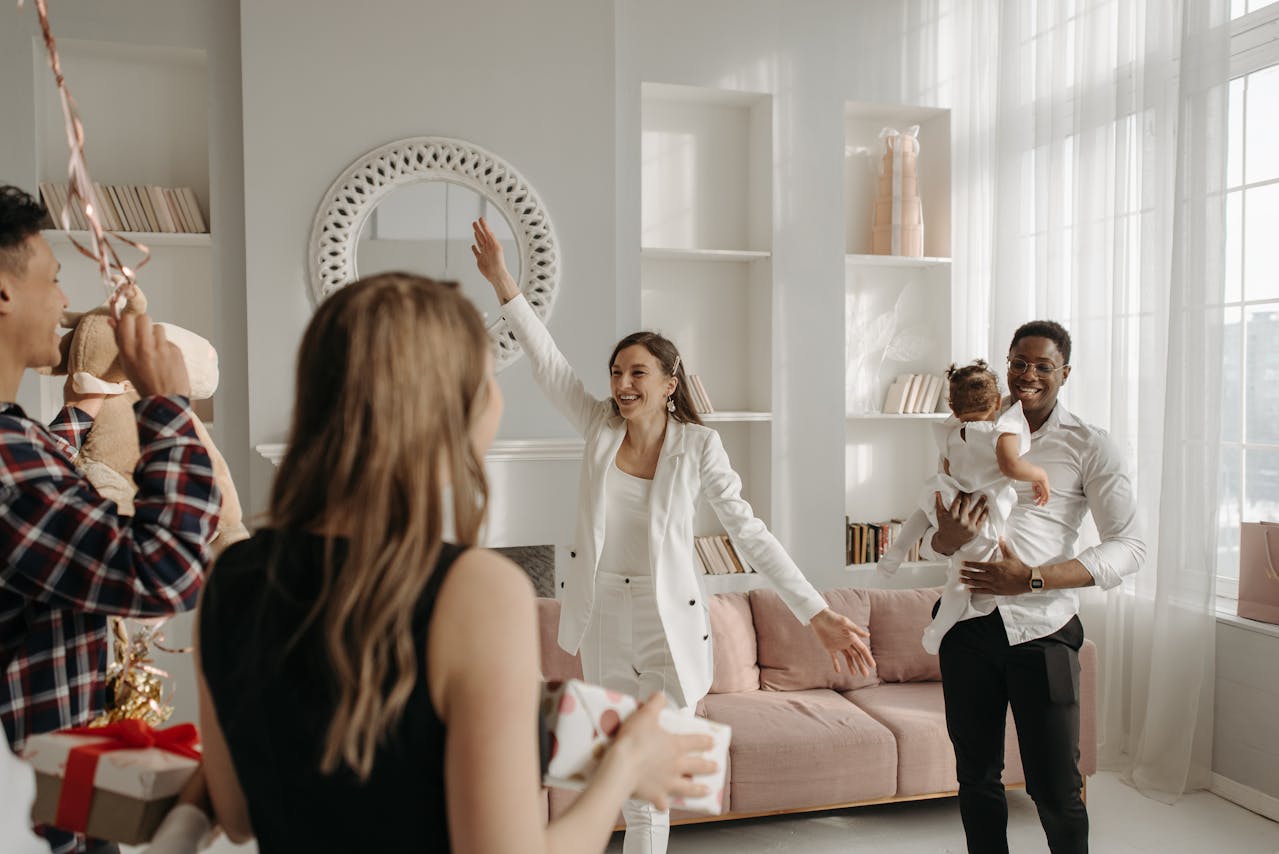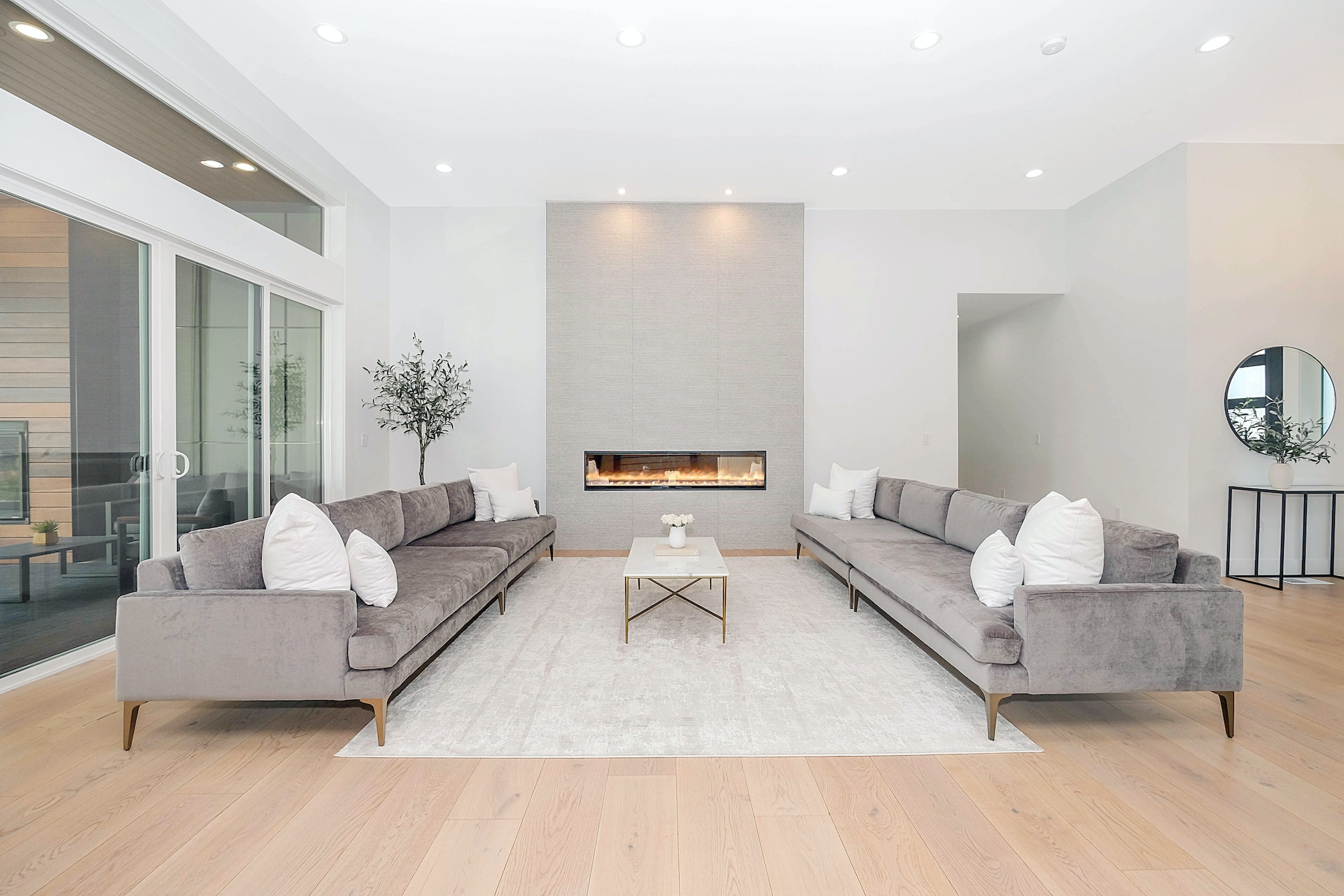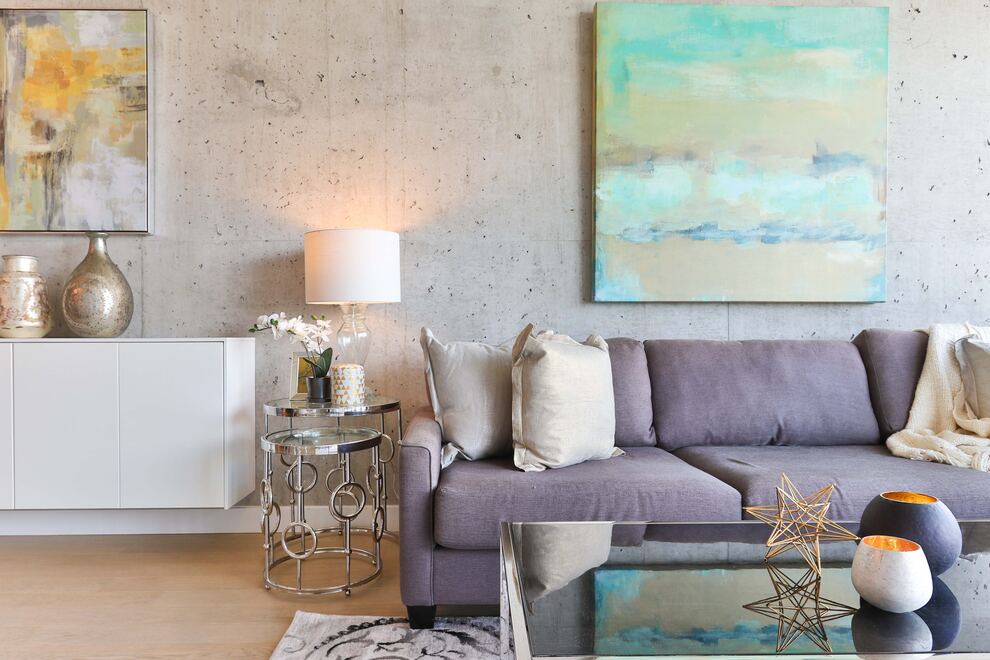Music is an integral part of life, whether it’s classical, rap, or rock n’ roll. If you’re a major music fan, it’s easy to incorporate a musical theme into your home design. There are many amazing benefits to learning how to play an instrument, including a sense of accomplishment and a new appreciation for the music itself. It fosters creativity, improves memory, and can even improve social skills. No matter what type of instrument you play, bringing it into your home as part of your décor is a unique way to decorate. And even if you don’t play an instrument, there are many other benefits to encouraging the presence of music in some way around your home. This guide shows you how to incorporate music and musical instruments like the piano into your home design, so read on to learn more.
Home decor
Check out these creative tips and music room or home studio ideas to use album artwork, CDs or vinyl, and music instruments as décor.
Guitars as wall accents. Guitars are beautiful to look at, and they make fantastic home décor. Look for special hooks designed to hold your guitar, then mount them onto the wall in your den or living room. You can display one guitar on its own or create an entire wall full of guitars or create a designated guitar room. If you’re hanging several on one wall, stagger them at different heights for visual interest.
Instruments as tabletop décor. Depending on its size, a musical instrument can be a fantastic piece of décor for shelves or tables. Some examples include banjos and harmonicas. Upcycle an old trumpet and turn it into a table lamp for a fascinating piece of tabletop décor.
Using instruments as art pieces. Repurpose an instrument and turn it into an eye-catching piece of art or event accent furniture. A large bass drum can easily double as a table, while smaller drums can be cut in half and mounted on the wall to create unique shelves.
CDS and Vinyl. Hang some CDs in a group on your wall to create a shimmering work of art. Various records hung together can also be a creative and fun way to show off your love of music. These items are lightweight and easy to hang, but keep in mind that they could become scratched or damaged once you display them this way, so only use older albums or things you don’t plan to listen to in the future.
Gig Posters and Tickets. Framing gig posters of your favorite band or musical artist is a perfect way to add some music-themed home décor. If you have a matching ticket stub from the gig, be sure to include that, too. You can also display these items separately; just make sure that they’re framed so that they make a nice presentation.
Adding a harp to your living room, or other exotic instruments. Unique instruments like the harp can become fascinating home décor. This large instrument can double as a fascinating sculpture when placed strategically in an ample living space. When you add harps or other exotic instruments as home décor, make sure that they become the main focal point and leave plenty of empty space around them.
Displaying your favorite album art. Look for unique frames made just for album art. Pick out some of your favorites, then hang them up as music room décor. Music lovers far and wide will appreciate your taste and your love for various musical styles, bands, and artists.
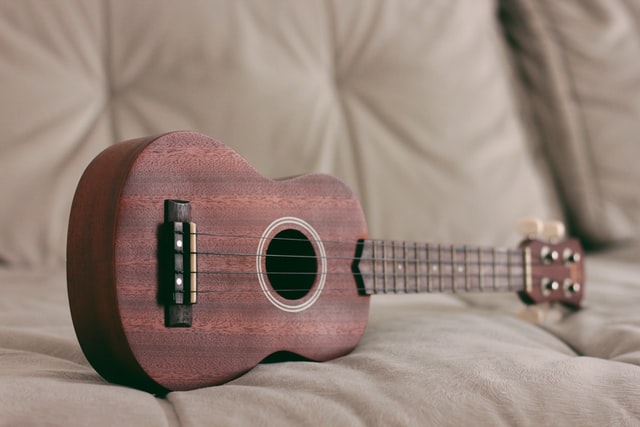
Using controlled display cases to care for instruments
If you still use your musical instruments, proper care is key. If you want to display them in your home while still playing them, it’s best to keep them stored in a climate-controlled case. Regulating the humidity is essential, particularly for guitars, violins, and other instruments made of wood. Keep your instrument case out of direct sunlight to protect the items from fading, warping, and discoloration. Decorating with instruments is easier when they’re neatly tucked inside a display case. Look for quality cases specially made to protect your specific type of instrument. You can also display your instruments on a floor stand if you’re thinking about how to decorate with instruments. Just make sure the stand keeps the item up and off the floor and place it in a safe area where it won’t get knocked over. For those with an impressive number of instruments, a controlled display case is the best option. This will ensure that they stay in great condition, and you can simply grab them whenever you’re ready for a jam session.
Piano Room
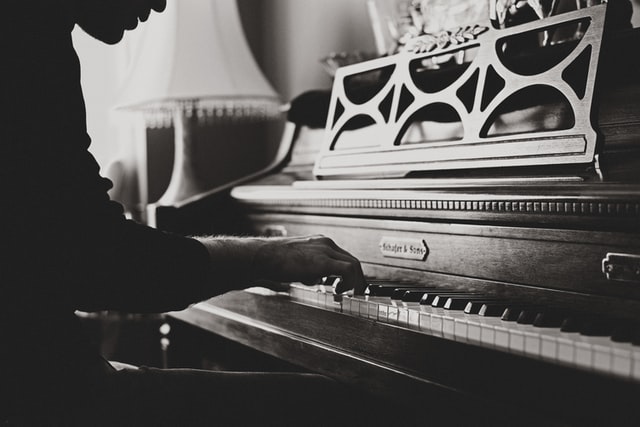
The piano is one of the world’s most iconic instruments, and it’s also one of the largest. If you play piano or want to have a piano in the living room, be sure to keep these important tips in mind.
Moving a piano safely
Safe moving. Pianos are extremely heavy, so it’s best to leave the lifting to the professionals. If you’d rather move it DIY, never attempt to do it yourself. Use sturdy straps that you can wrap around the piano to make moving it easier. A furniture dolly is also required to ensure that it moves smoothly without causing injury to yourself and others.
Protecting and wrapping a piano. Always make sure that the keyboard of your piano is protected and secure before you move it. Close and lock the keyboard lid, then carefully wrap the entire piano using thick moving blankets, paying particular attention to the corners. Secure the blanket with tape, but make sure that it doesn’t come into contact with the piano, or else it could damage the finish.
Lifting a piano. Never lift your piano by its legs when you move it, and always make sure it remains in the upright position so you don’t damage the inner components. Have two people stand on each end and place your moving straps under the bottom. Ideally, four people should help you move the piano with one person on each corner. Gently and firmly lift the piano onto a furniture dolly, and make sure that it’s sitting flat. Lock the casters in place to make sure it’s secure, then start to roll your dolly into the designated room.
Decide where you want your piano to go
Think about where you want the piano to go before you start the moving process.
Living room: Your living room is probably the most obvious place for a piano, but remember that pianos take up a lot of square footage. Plan your layout carefully before you determine exactly where the piano will be placed. Ideally, it should not be near a window since direct sunlight can damage the piano’s finish over time. A living room with a piano can be a beautiful space that you will enjoy for years to come.
Under the stairs: If your home has a staircase with an open, empty space underneath, it’s possible to put the piano there. Always measure this area beforehand to ensure that you’ll have plenty of room without the piano jutting out from under it.
Fireside: There’s nothing quite like enjoying some music by the fire. If you want to put your piano near the fireplace, make sure you do so carefully. Use a fire screen to ensure that no embers fly onto the piano. Ideally, you should only put your piano near the fireplace if the fireplace is no longer in use to prevent a dangerous fire or serious damage to the instrument.
Music room: A separate music room is an ideal place for a piano. If you have a spare bedroom, this is a great place to enjoy your piano and decorate with a musical theme.
Things to consider
It’s essential to practice proper piano care to keep your instrument in good condition. Keep these things in mind when you’re adding a piano to your home.
Climate control and sun exposure. Rooms that are too hot or too cold can cause your piano to expand and contract. Always make sure that the humidity level is kept between 45 and 70 percent to prevent damage, and use a humidifier when levels get low.
Foot traffic and visitors. Make sure you place your piano in the corner of the room or areas with low foot traffic. Never let a visitor place a drink on top of the piano or allow children to bang on the keys, which could cause damage or affect the tuning.
Accessibility for moving and cleaning. Ensure that you can easily access all sides of the piano for cleaning. That way, you can vacuum and dust the floor and the piano itself easily. Remember that once your piano is in its location, it’s extremely difficult to move again without help.
Ambiance and mood. The top of your piano can double as a table to add some décor and unique accessories. Use various items to create a theme that will provide a unique ambiance to the room and help set the mood. A table lamp is a great choice when you want to dim the lights and enjoy a relaxing piano playing session.
Using rugs and curtains for soundproofing. If you live in an apartment or have neighbors nearby, a thick rug can provide additional soundproofing. You can also hang thick blackout curtains for an extra layer of sound protection.
Decorating around the piano
Here’s how to decorate around a piano to create a beautiful music room:
- Hang musical instruments like guitars or violins on the wall next to your piano to enhance your music room.
- Place a potted plant on top of the piano to add a little greenery.
- A pair of small table lamps or buffet lamps will add a warm illumination to the room and accentuate the piano.
- Create a gallery wall directly behind your piano featuring framed sentimental photos or a variety of unique artwork.
- Consider painting your piano a trendy color; just make sure you protect the keys and the interior components when you paint it.
- Position your piano in a nook with shelving directly above it, then decorate the shelving in a fun theme to add visual interest.
- Instead of a traditional piano bench, try a trendy upholstered stool or ottoman for a pop of pattern and color.
With the right design and some creative ideas, you can enjoy a beautiful musical instrument and a musical-themed interior. Use these tips to inspire you to design your own music room or enhance your living room with a beautiful piano. Music is an integral part of life, and you can easily incorporate it into your home design to enjoy the beauty of music every day.
